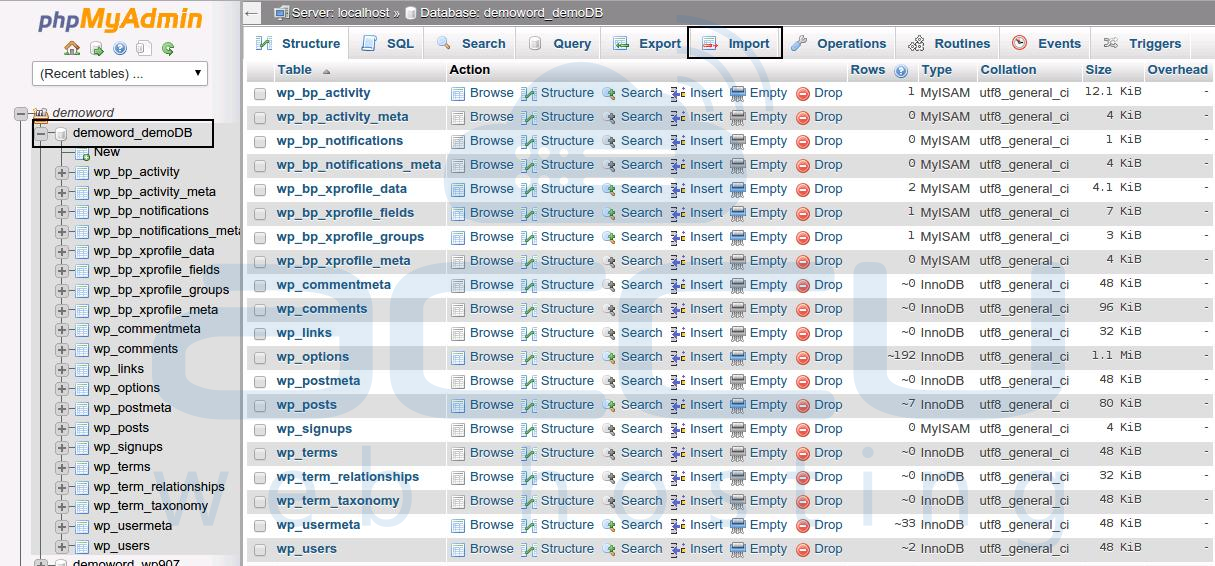
The mysqlcheck command is an alternative to repairing database tables in the terminal.ġ. In normal conditions, a MyISAM table will not result in data loss from using this method. Make sure to do this before performing any other operations on the same table. If the server shuts down during the repair, rerun the REPAIR TABLE operation when the server starts again. Repairing MySQL Database with REPAIR TABLE QueryĪfter scanning and locating the database and the tables with problems, the quickest way to fix the issue is with the REPAIR TABLE query:
Mysql list databases how to#
Follow our guide: How to Back Up & Restore a MySQL Database.īelow you will find three options how to repair a MySQL database. If the database tables are corrupt often, identify the reason for the occurrence.īefore making any changes and starting repairs, create a copy of the directory: cp -rfv /var/lib/mysql /var/lib/mysql_copyĪlternatively, make a backup version of the database before trying any of the repair solutions. However, keep in mind that these methods are not a quick fix and can result in data loss. There are several methods how to repair a database in MySQL. Check the whole database with: mysqlcheck Īlternatively, check a specific table within the database by providing the table name as well: mysqlcheck How to Repair MySQL Database As the root user, navigate to the directory where the databases are stored: sudo suĢ. The program runs in the terminal while the MySQL service is operating. The mysqlcheck command is the command-line version of CHECK TABLE.

For example, to do a quick check to find out whether a table closed adequately, run: CHECK TABLE FAST QUICK Īny options that do not apply to the tables are ignored. You can also combine the options for a more detailed check.
Mysql list databases upgrade#
The FOR UPGRADE and QUICK perform checks on InnoDB engine tables and views while other options are ignored. Without any options, CHECK TABLE performs a MEDIUM check on MyISAM tables and views.

Running diagnostics is the first step to troubleshooting for issues.

This article shows you multiple ways to troubleshoot and repair a MySQL database. When checking for corrupted data and repairing tables, the steps taken to fix the errors depend on how you connect to the database, the datab ase server state, the type of error, and the database engine used. Errors and anomalies appear for numerous reasons, some of which include:
Mysql list databases password#
If you need to change your root (or any other) password in the database, then follow this tutorial on changing a password for MySQL via the command line.MySQL offers several different ways to analyze and repair databases. Enter your current root password to complete the login. In this case, I’ve specified the user root with the -u flag, and then used the -p flag so MySQL prompts for a password. I’ll be working from a Liquid Web Core Managed CentOS 7 server, and I’ll be logged in as root.įirst we’ll login to the MySQL server from the command line with the following command:.These instructions are intended for showing (listing) all MySQL databases via the command line.


 0 kommentar(er)
0 kommentar(er)
